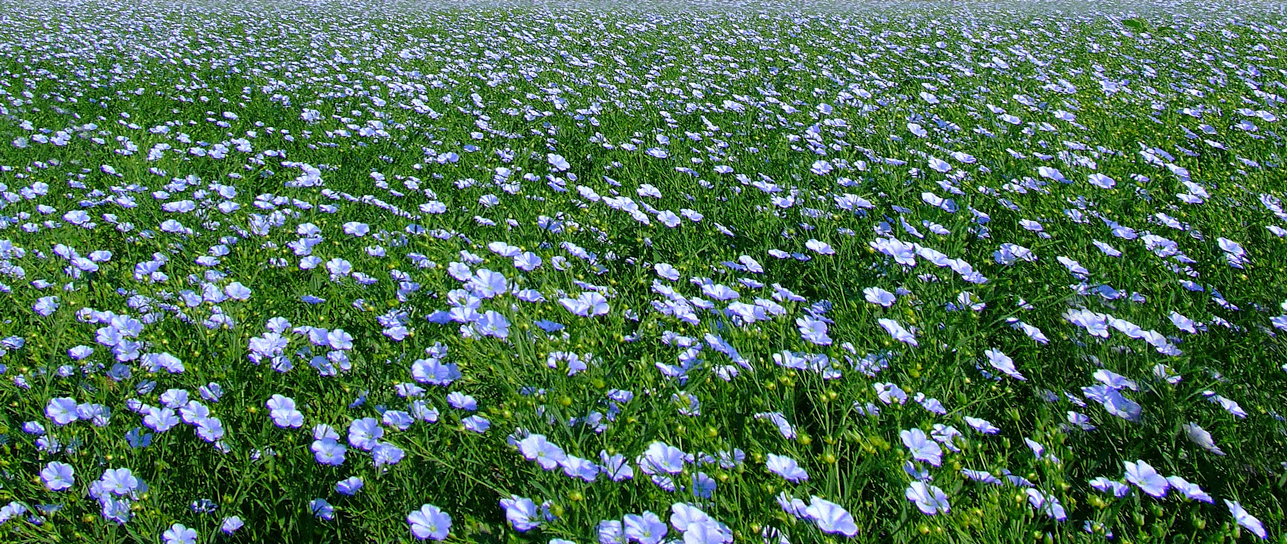Innovations in Oils
Transitioning to renewable resources
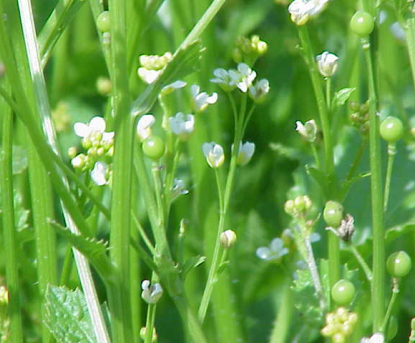
WAX ESTERS
The potential to engineer oil crops to produce wax esters as renewable industrial feedstocks has been explored through the EU-funded ICON Project, focussing initially on Crambe as the potential crop platform.
Crambe abyssinica is a fast-growing, short-season crop originating from the Mediterranean and tropical highland regions, with good tolerance to cold weather during winter. It seeds contain around 40% oil with erucic acid being the main fatty acid component (up to 60%). Crambe has been cultivated in the US as the cheapest domestic source of erucic acid, an important feedstock in the oleochemical industry.
Although triglyceride (TAG) oils are the primary storage lipid in seeds and fruits, some plants have evolved the ability to instead store energy and carbon in the form of wax esters consisting of fatty acids esterified to fatty alcohols. For example, jojoba seeds contain high levels of a range of wax esters, predominantly involving C20 and C22 fatty acids and alcohols.
The unique physical properties of wax esters make them highly valued as lubricants and components in skincare products, as well as presenting unique oleochemical feedstocks. For instance, they could provide a novel opportunity for developing a combined source of specific fatty acids and fatty alcohols (in equal proportion), enabling these important feedstock molecules to be sourced renewably from the same crop and avoiding the process costs associated with industrial conversion of fatty acids to fatty alcohols.
The ICON project explored the opportunity to engineer wax ester synthesis in Crambe by co-expressing fatty acid reductase (FAR) genes, required for conversion of fatty acids to fatty alcohols, and wax synthase (WS) genes to catalyse the esterification of fatty alcohols with fatty acids. The specific combinations of fatty acid and fatty alcohol that predominate amongst the wax species produced is strongly influenced by the source and substrate specificity of the WS enzyme. Engineering of wax synthesis was successfully demonstrated in Crambe, however challenges around reduced seed yield and germination remain to be overcome.
Get the facts …
Dedicated industrial oilseed crops as metabolic engineering platforms for sustainable industrial feedstock production. Scientific Reports (2016)
Development of ultra-high erucic acid oil in the industrial oil crop Crambe abyssinica. Plant Biotechnology Journal (2012)
<-- More Oil Innovations -->

BIOMASS OIL
Crop plants engineered to make large amounts of triglyceride oils in their leaves, stems and roots rather than just in their seeds and fruits.

OMEGA-3 CANOLA
Canola oil engineered as a sustainable, affordable & safe plant source of ω3 DHA & EPA, essential dietary fatty acids normally obtained from fish.
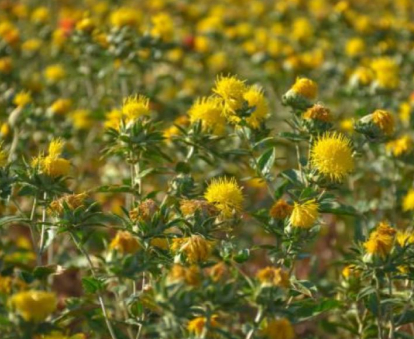
SHO SAFFLOWER
Super-high oleic (92%) safflower oil has been developed for use in high-stability industrial lubricants and as a feedstock for chemicals and polymers.
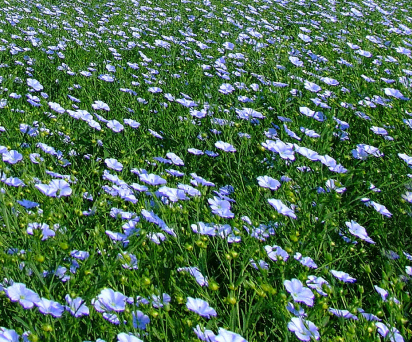
LINOLA
Low-linolenic linseed oil developed by induced mutation provides an alternative source of polyunsaturated oil for food and industrial use.

WAX ESTERS
Crambe is being engineered to produce novel waxes that combine fatty acids and alcohols for use as lubricants and renewable industrial feedstocks.

ACETYL-TAG OILS
Unique triglycerides with an acetate group replacing one of the fatty acids, have reduced viscosity and can be drop-in replacements for diesel fuels.
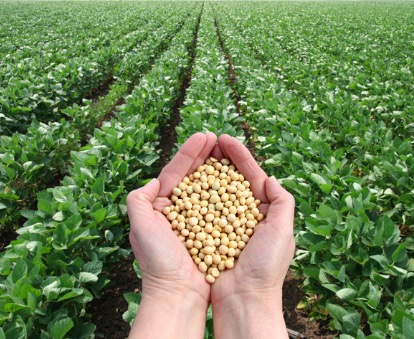
HIGH OLEIC SOYBEAN
Soybean producing highly stable oil with up to 82% oleic acid is the first new oil crop to be developed using advanced gene editing technology.
